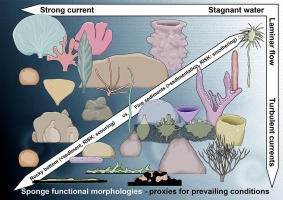I have been keeping an orange tree sponge successfully for about 6 months. It was growing slowly but showing good color. Last week the sponge was knocked off its toothpick mount onto the sand bed. After being reset in the same spot it started to show white polyps and is now shrinking in size on both the branches and main trunk of the sponge. The water chemistry, flow, and light conditions have not changed, Feeding remains the same. Possibly, the sponge was damaged when it fell to the substrate or was rubbed off its mount by my large conch? It is not near any corals so likely is not being stung. Some of my nems were on the move but I did not see them near this sponge. Possibly it is not getting enough food filtered out of the water. If that is the case what should I be feeding? This is a really nice ~8" orange tree sponge; I definitely want to do everything possible to save it. Suggestions?
Thanks in advance, Philip
Thanks in advance, Philip
















